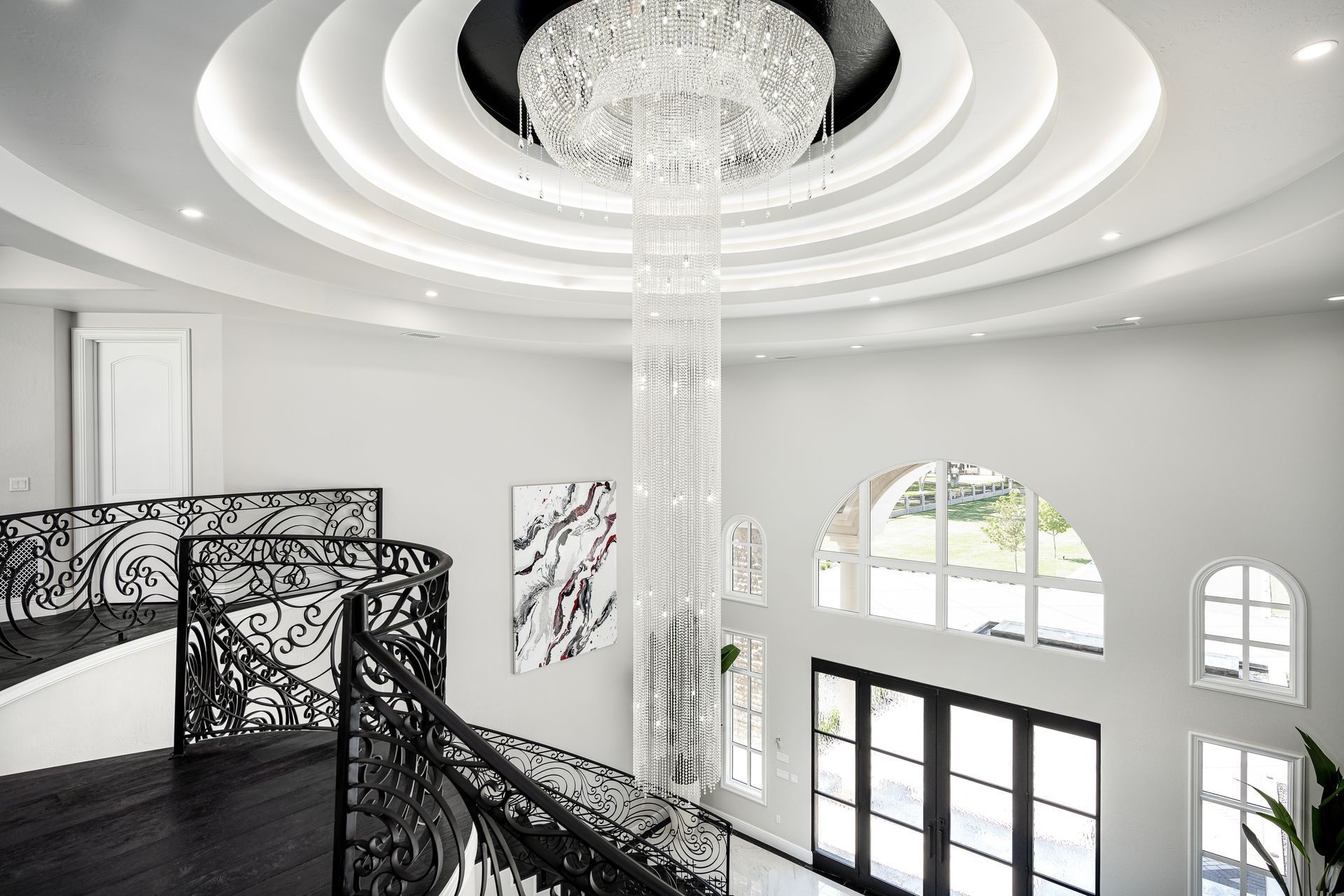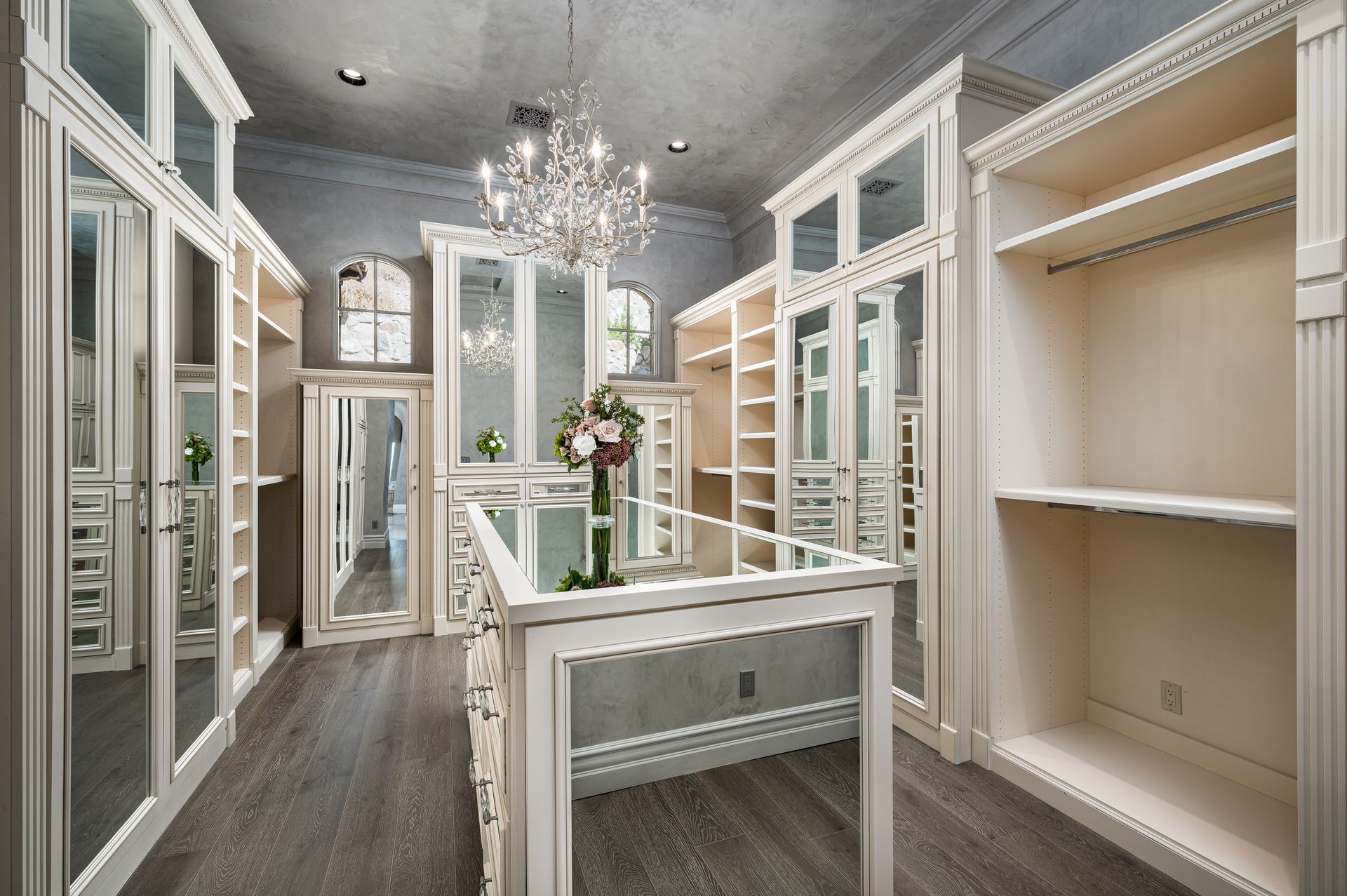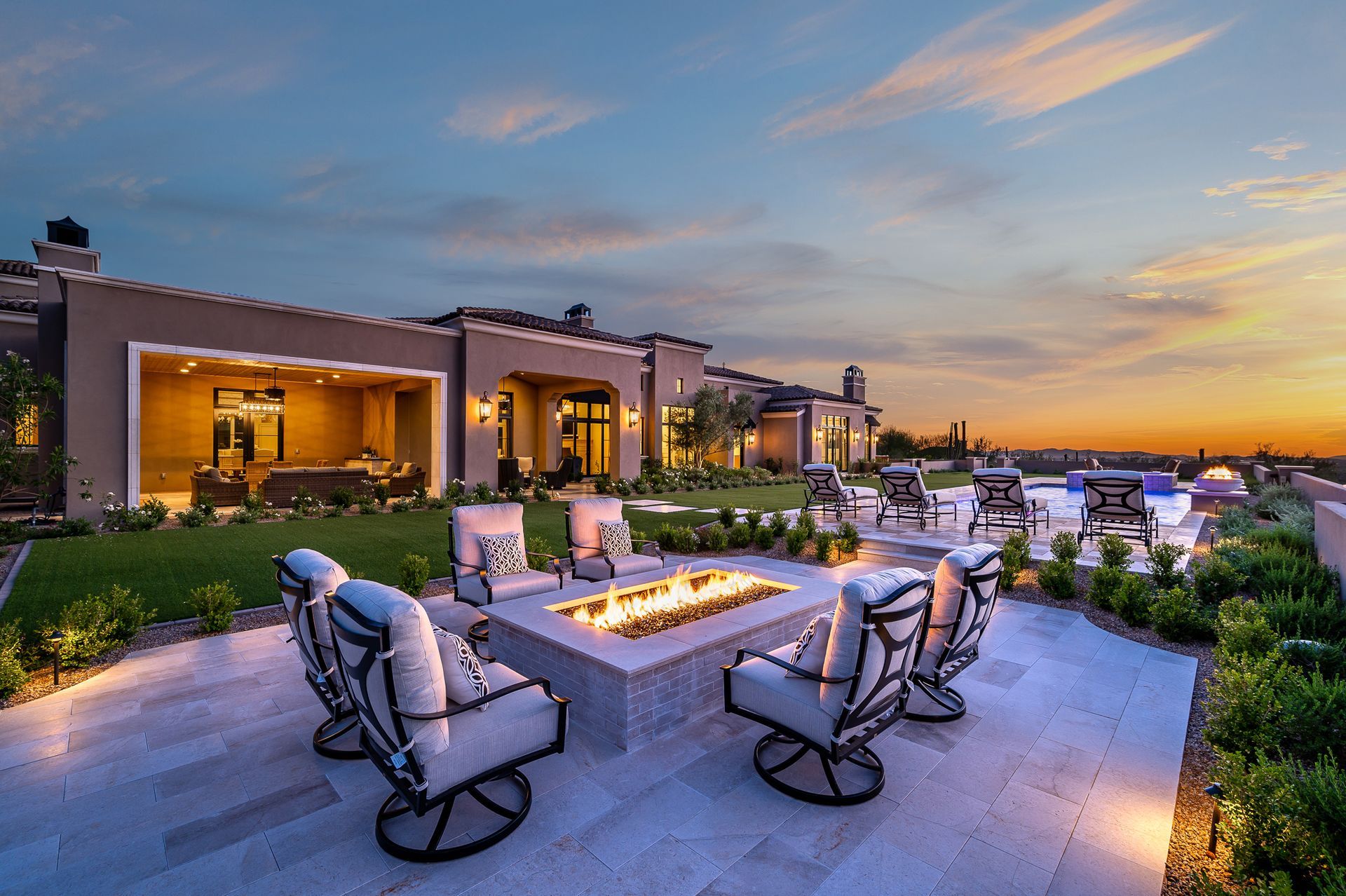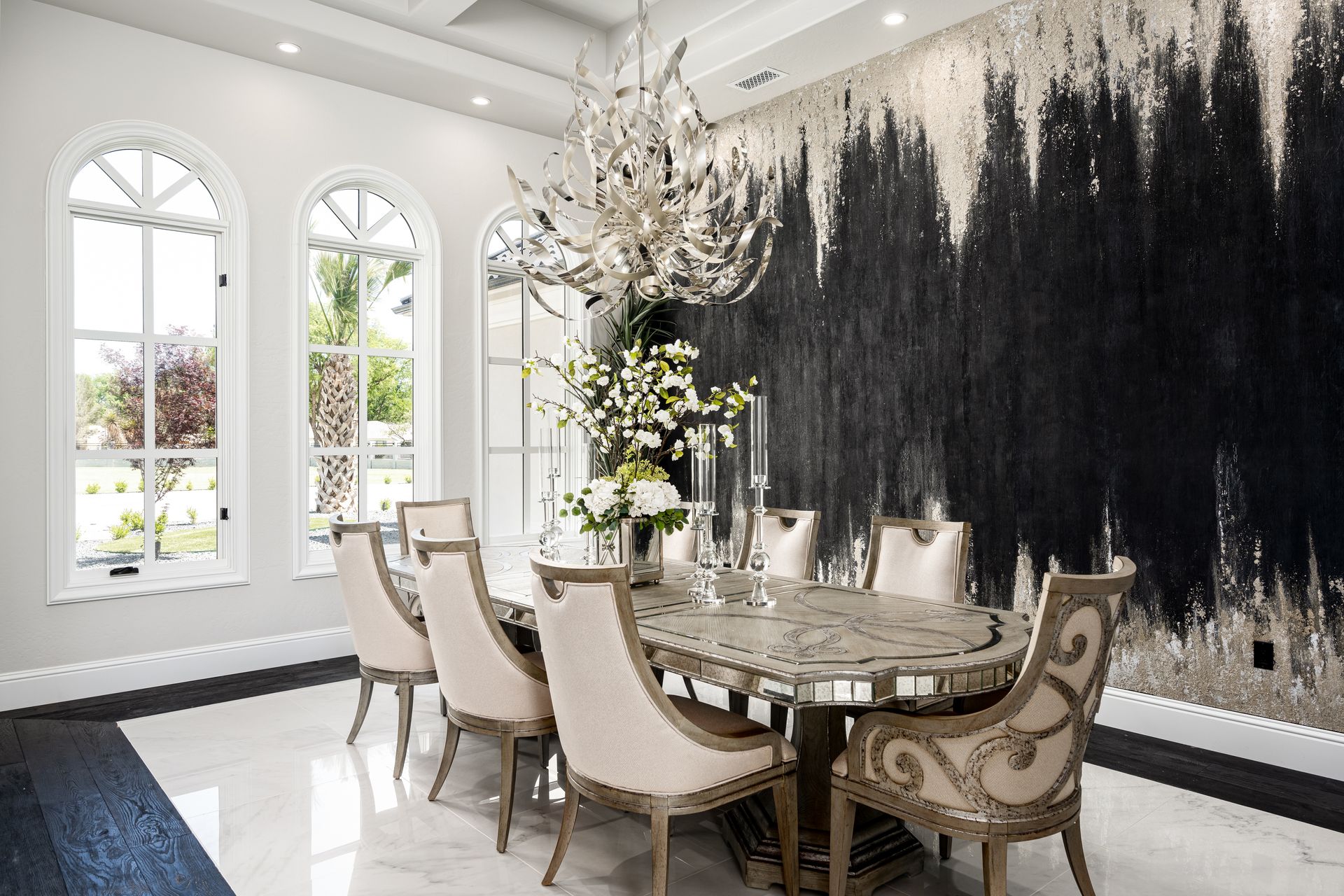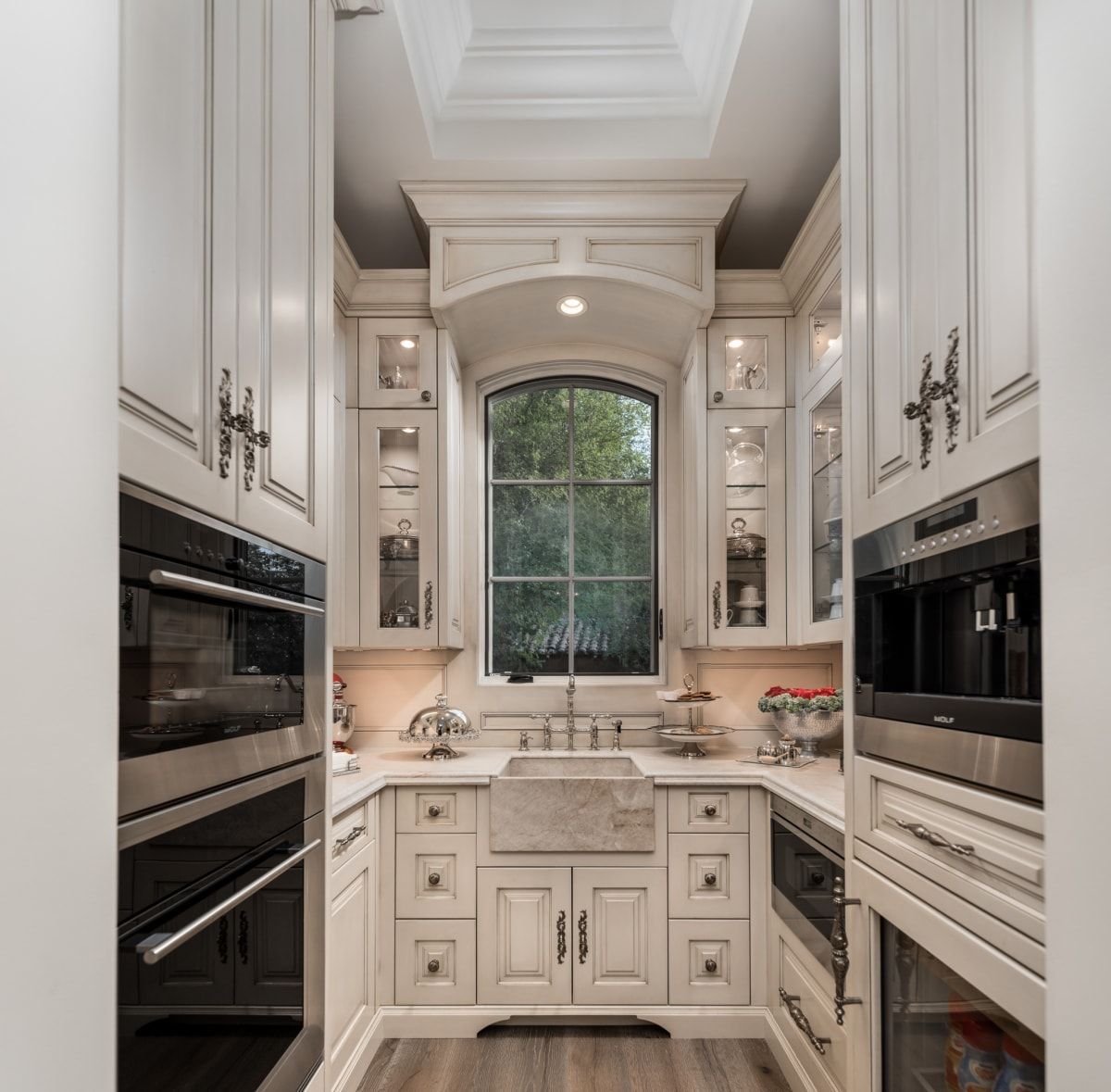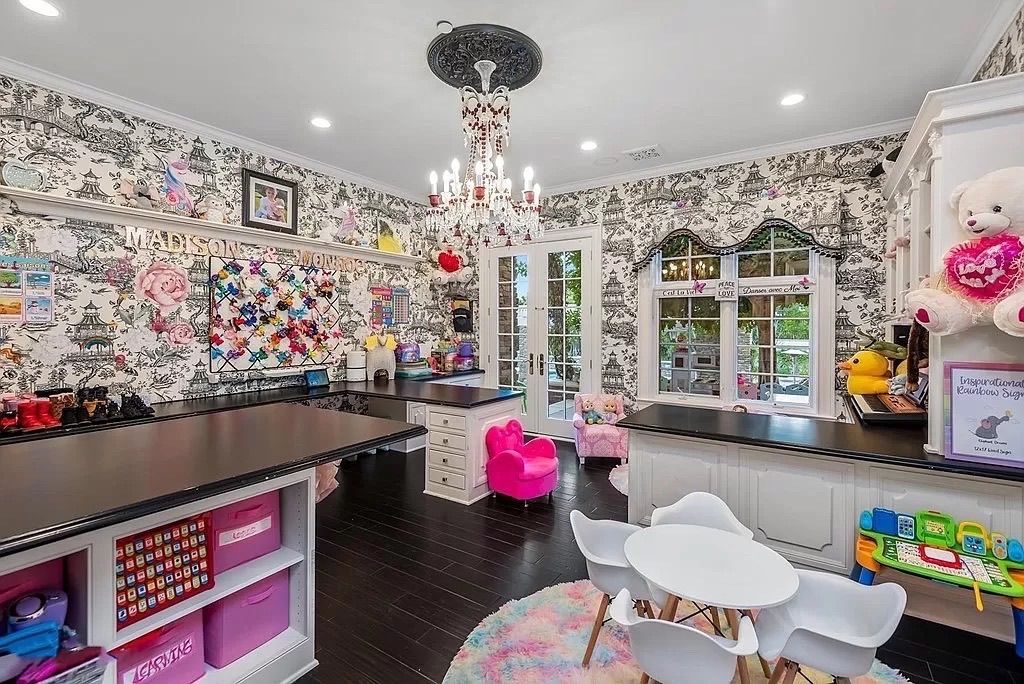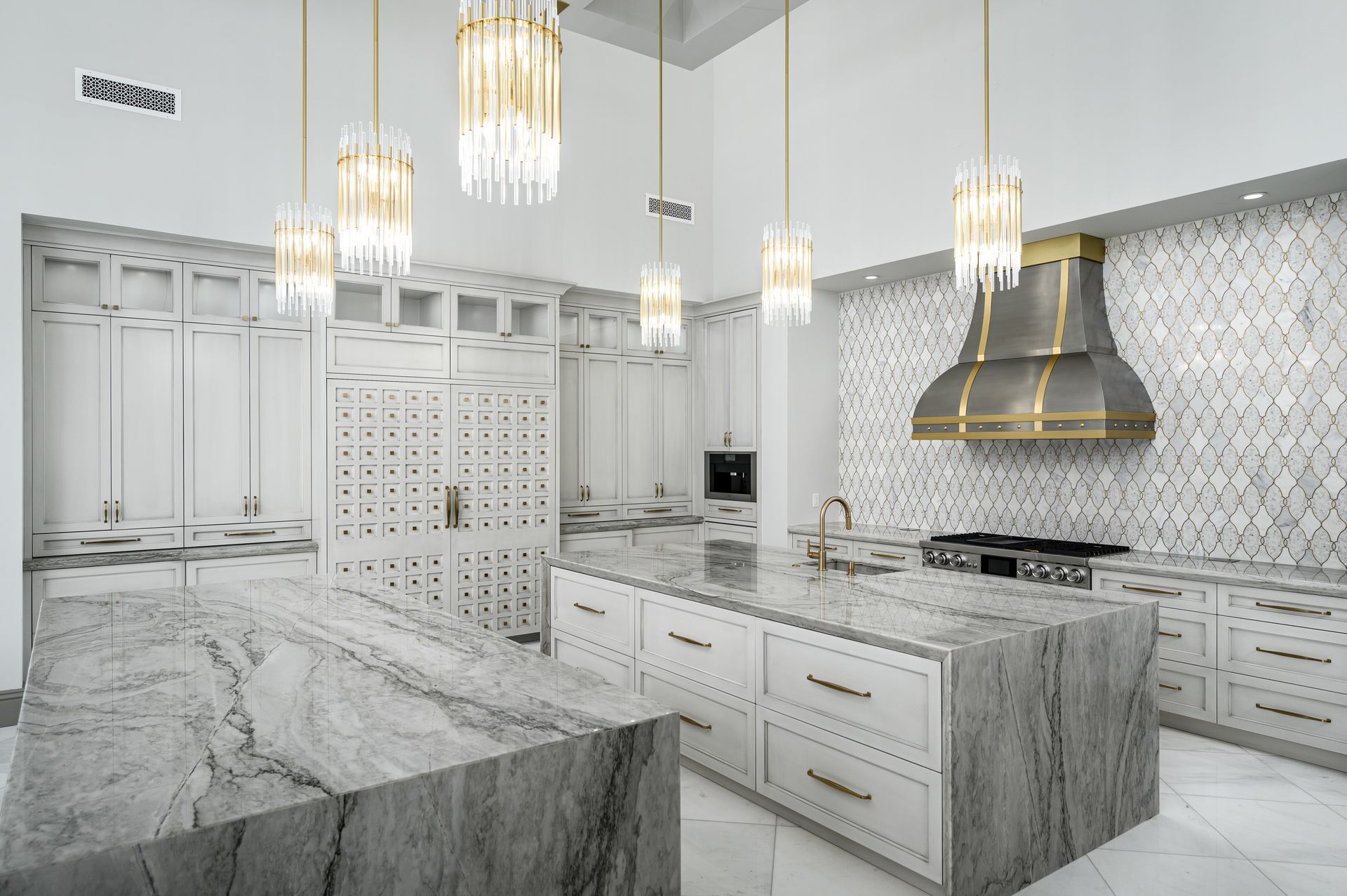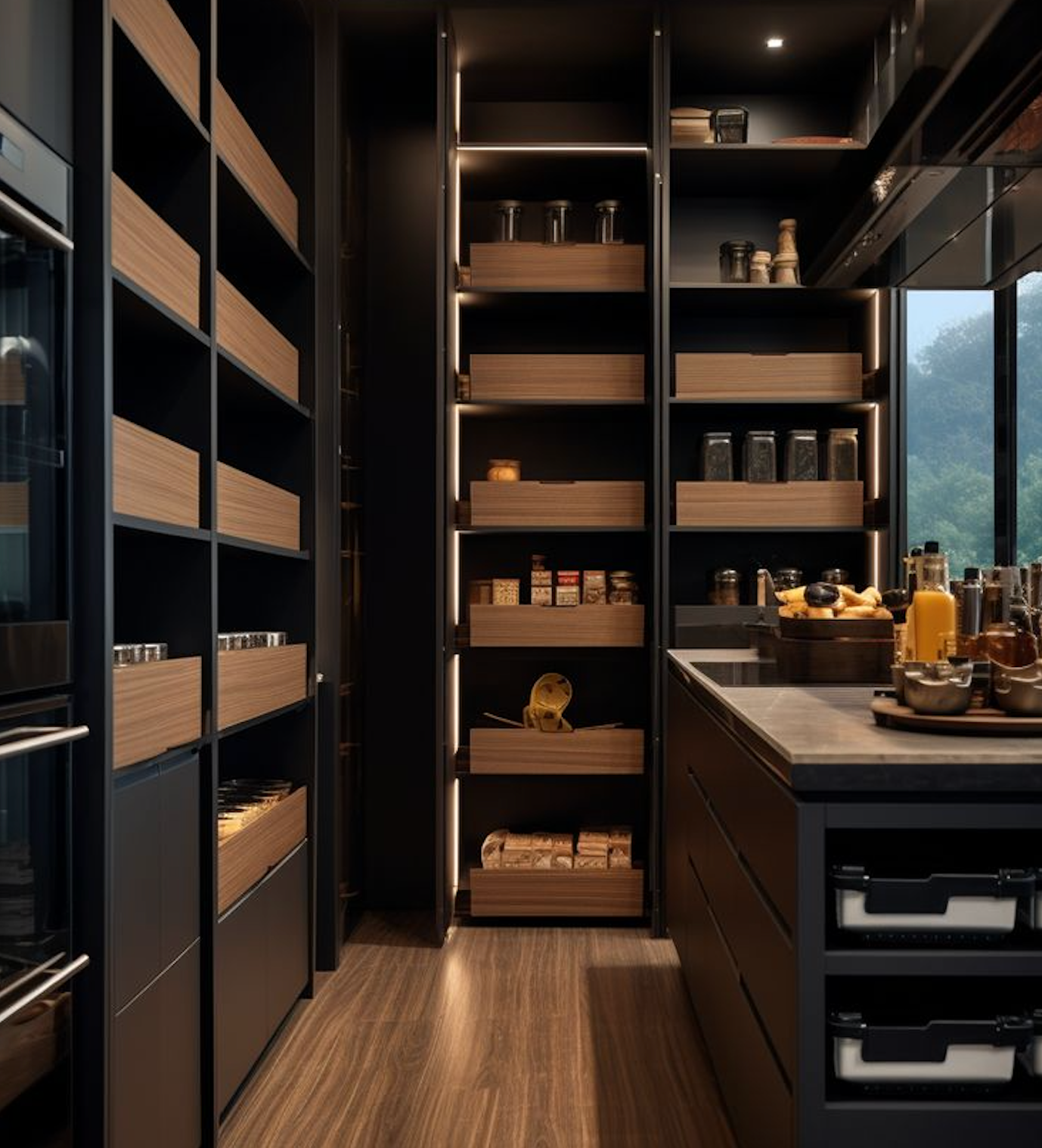The Timeless Elegance of Marble Countertops
The Timeless Elegance of Marble Countertops: Is It the Right Choice for You?
Discover the timeless elegance of marble countertops. Learn about their beauty, durability, and the right finish for your luxury kitchen.
Marble has long been synonymous with luxury and sophistication, gracing the finest homes and historical landmarks for centuries. Surprisingly, despite its opulent appearance, marble is one of the more affordable natural stones available. However, it’s not found in every kitchen or bathroom. Let’s delve into the pros and cons of this timeless stone to help you determine if marble is the right choice for your home.
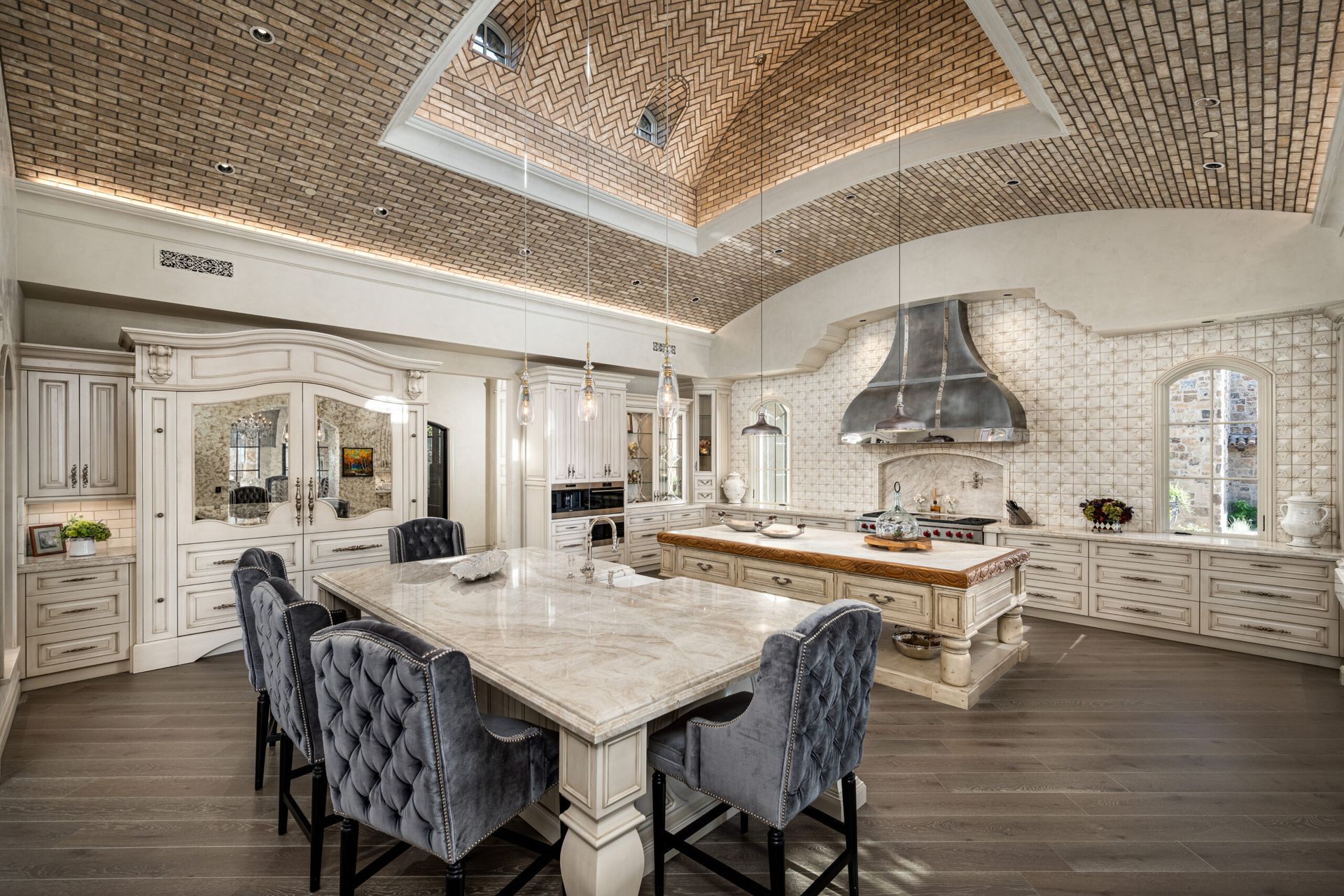
What Exactly Is Marble?
Marble is a metamorphic stone formed through the physical or chemical alteration of sediment under heat and pressure. This transformation results in a denser stone with a crystalline structure that can be polished to a high shine. Found in mountainous regions across North America, South America, Asia, and Europe, each slab of marble is unique, with veins of mineral deposits creating intricate patterns.
While marble is renowned for its beauty, it’s also known for being more porous than other natural stones, making it prone to staining. Compared to granite, marble is softer, meaning it scratches more easily. The calcium carbonate composition of marble makes it sensitive to acidic substances, which can lead to etching on its surface. Despite these drawbacks, marble is heat resistant, strong, and less likely to chip or dent, making it a viable option for both countertops and backsplashes.
What Colors Can Marble Be Found In?
One of marble’s most attractive features is its wide range of natural colorations. From classic white to dramatic black, gray, yellow, green, and even pink, marble offers a spectrum of hues to suit various design preferences. Some varieties feature dark, prominent veins, while others have more subtle patterns.
White marble remains the most popular choice for kitchen countertops due to its versatility. Much like a white button-down shirt, it blends seamlessly with different styles and materials, such as stainless steel, wood, and tile. It can be polished for a sophisticated look or honed for a more casual, matte finish. Additionally, etching is less visible on white marble compared to darker colors, making it a practical choice for high-traffic areas.
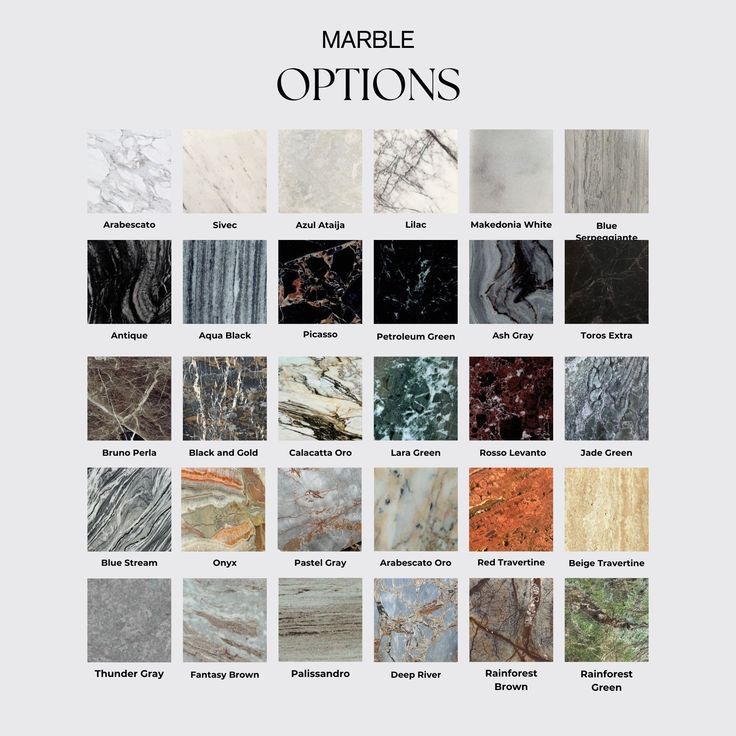
What Types of Marble Finishes Are Available?
The finish you choose for your marble countertops will impact both the look and performance of the stone. The most common finishes include polished, honed, and leather (also known as antique).
Honed (Matte) Finish
A honed finish is achieved by sanding the marble to create a satiny-smooth surface with a soft, matte appearance. This finish is popular because it hides scratches and flaws better than polished marble, though it also mutes the stone’s natural color. However, honing opens the pores of the marble, making it more susceptible to staining.
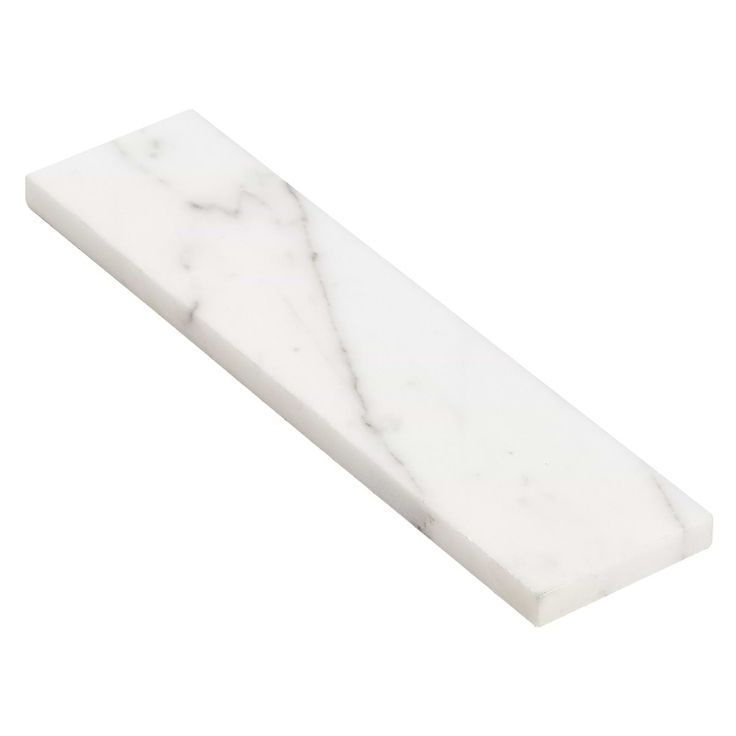
Polished Finish
Polished marble is created by grinding and buffing the surface to achieve a high-gloss, reflective finish. This finish brings out the intricate details of the marble’s color, veining, and character. While polished marble is less porous than honed marble, it is more prone to etching from household acids and cleaners.
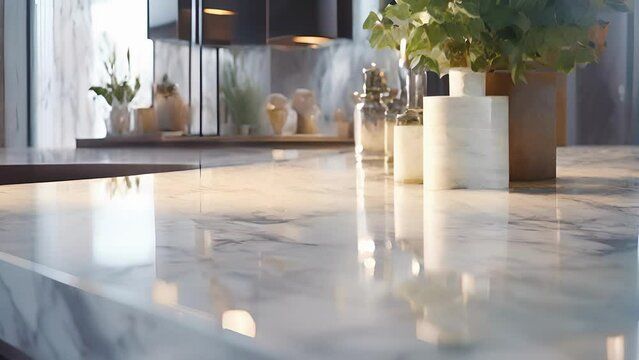
Leather Finish
A leather finish adds texture to a honed surface, creating a soft sheen that is less reflective than a polished finish. This finish is most commonly used with darker marbles and is effective at concealing fingerprints and other imperfections. The amount of texture can vary depending on the stone.
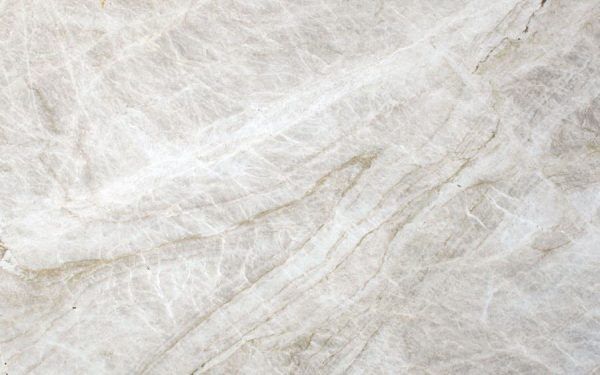
How to Care for Marble Countertops
Proper care is essential to maintaining the beauty of marble countertops. Here are some tips to keep your marble looking its best:
- Wipe up spills immediately to prevent staining.
- Clean with mild liquid dishwashing detergent and warm water using a non-abrasive towel or sponge.
- Avoid using powdered cleansers, tub and tile cleaners, abrasive pads, or any general cleaners that contain acidic ingredients.
- Use a neutral stone cleaner for tougher cleanups.
- Protect the surface by using cutting boards during food preparation.
- Reseal the countertop annually, or more often if needed.
Marble Countertop Recap
Pros:
- Natural material with unique veining
- Available in various colors and finishes
- Heat-resistant
- Complements multiple design aesthetics
- Develops a beautiful patina over time
Cons:
- Porous and prone to staining
- Low abrasion resistance, making it susceptible to scratches
- Requires regular maintenance
- Sensitive to acidic substances, leading to etching
- Can be expensive
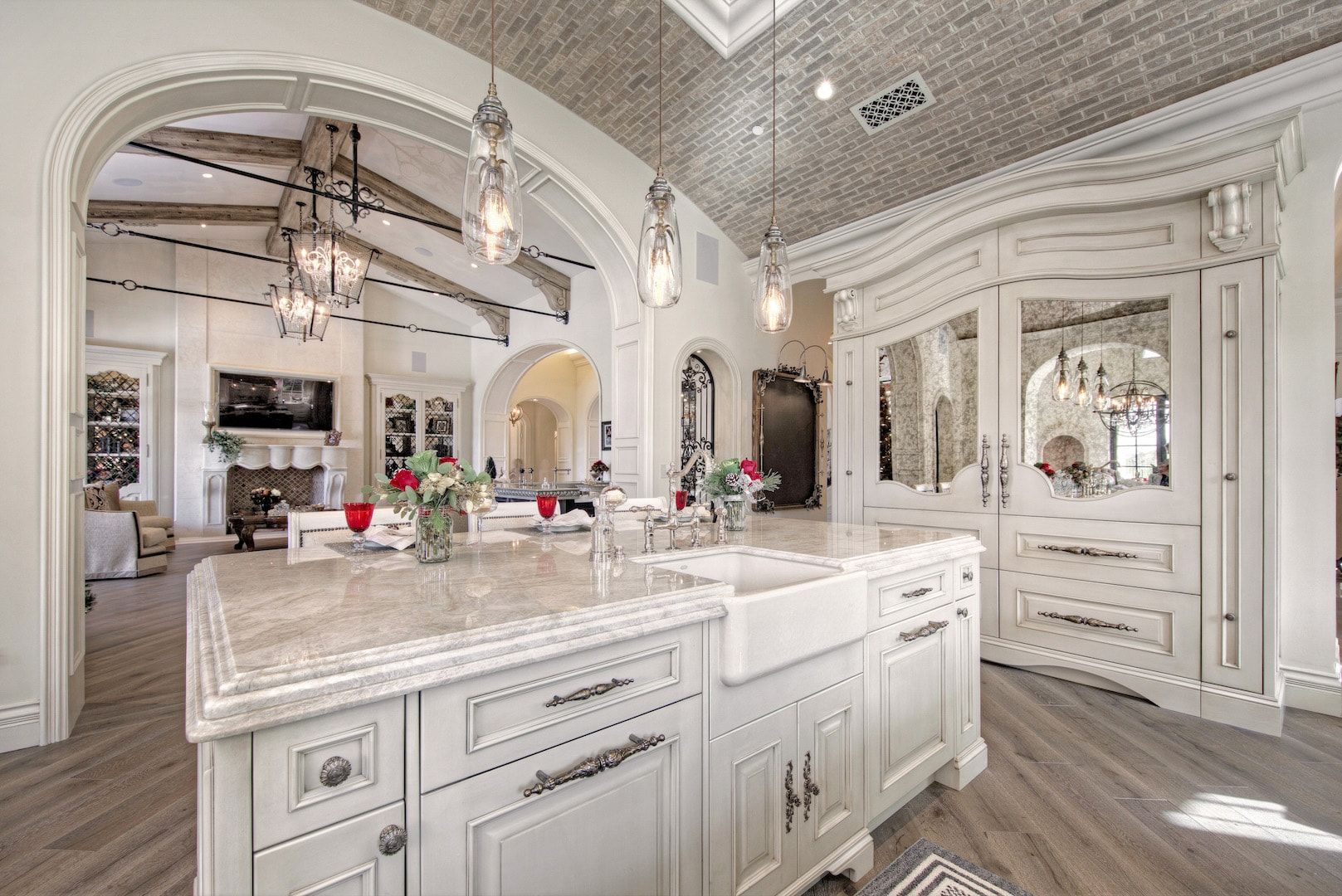
Ready to Add Marble to Your Home? Work With Fratantoni Interior Designers – The Top Luxury Interior Design Firm in Arizona!
If you’re considering marble for your kitchen or bathroom, contact Fratantoni Interior Designers today. Our expert team can help you choose the perfect marble and finish to elevate your space, combining luxury with timeless beauty.
The post The Timeless Elegance of Marble Countertops
appeared first on Fratantoni Interior Designers.
The post The Timeless Elegance of Marble Countertops appeared first on Fratantoni Interior Designers.



